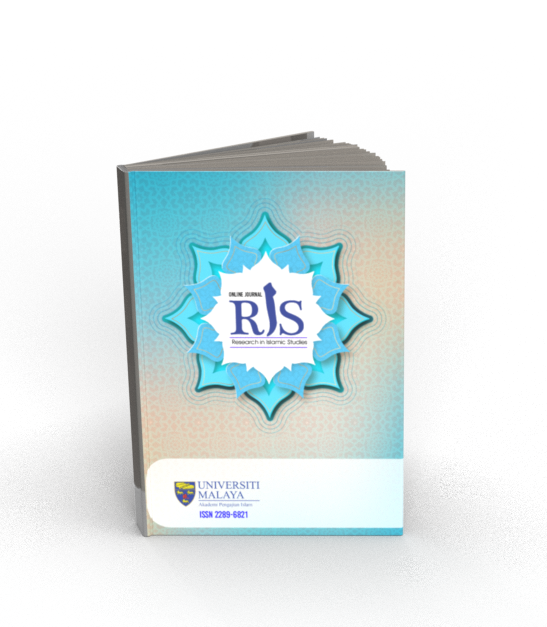Main Article Content
Abstract
Ruqyah represents one of the therapeutic methodologies once imparted by Prophet Muhammad. Conventionally, ruqyah is practiced utilizing water. However, the approach adopted by Madam Nuari deviates from this norm. At the culmination of her treatment sessions, she mandates patients to employ ruqyah through the mediums of rice plants and grains. Consequently, the researcher is intrigued to explore this, aiming to comprehend the practice of the ruqyah syar’iyah method via rice plants and grains, and Madam Nuari's understanding of the Quranic verses employed during ruqyah, coupled with societal perceptions. This investigation employs a qualitative approach and encompasses field research. Research data was amassed via observation techniques, interviews, and documentation, subsequently undergoing a descriptive analysis. The findings reveal that firstly, this ruqyah practice harnesses verses from the Qur'an; upon concluding the treatment, specific prayers are recited over rice plants and grains, which are then cascaded from the patient's head to feet before being discarded. Secondly, regarding Madam Nuari's grasp of the verses employed, she articulates verses without reference to textual material, elucidates the intrinsic meanings of certain chapters, and correctly discerns the verses' intended meanings. Thirdly, the community of Madat perceives the ruqyah syar’iyah method with esteem, believing that this therapy carries blessings and can, with the grace of Allah, cure specific ailments. Thus, the research outcomes indicate that the ruqyah practiced by Madam Nuari adheres faithfully to the Islamic doctrine, as originally taught by Prophet Muhammad.
Keywords
Article Details
Copyright (c) 2023 Online Journal of Research in Islamic Studies

This work is licensed under a Creative Commons Attribution-NonCommercial-ShareAlike 4.0 International License.
Copyright Notice
By submitting manuscripts to the Online Journal of Research in Islamic Studies (RIS), authors agree to transfer copyright to the journal. However, authors may republish their work or grant others permission to republish it; in which case it should be accompanied by a proper acknowledgment that the work was originally published in the Online Journal of Research in Islamic Studies (RIS). The journal adopt CC-BY-NC licence which authors may also share and distribute their article anywhere of non-commercial website, social media and repositories immediately on publication.
Authors may also reuse the Abstract and Citation information (e.g. Title, Author name, Publication dates) of their article anywhere at any time including social media such as Facebook, blogs and Twitter, providing that where possible a link is included back to the article on the journal site.
